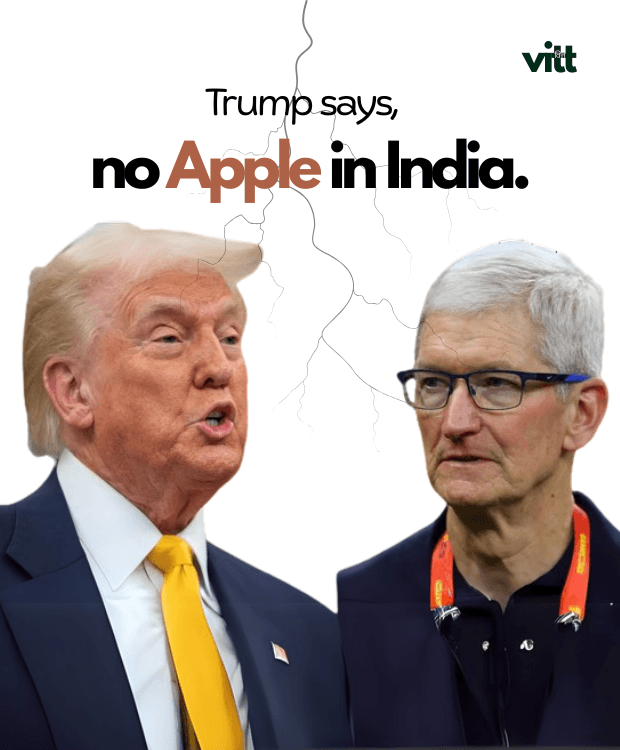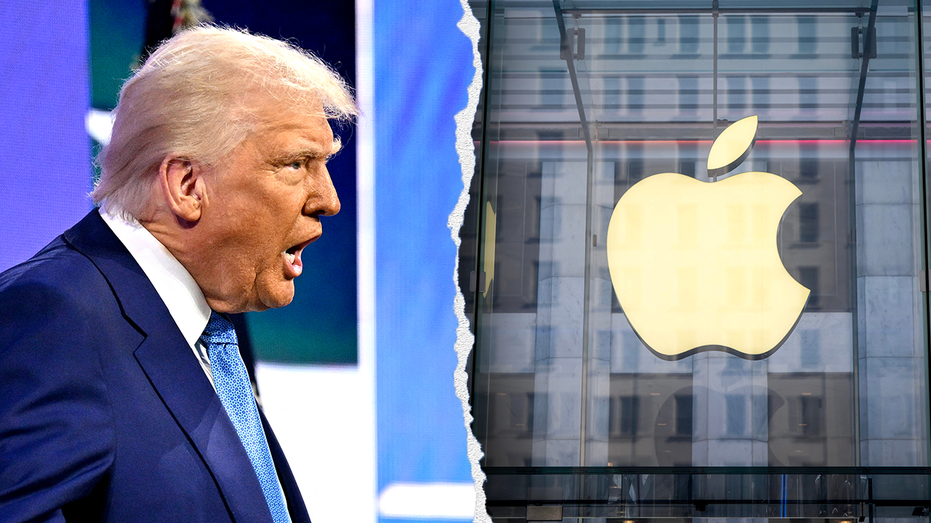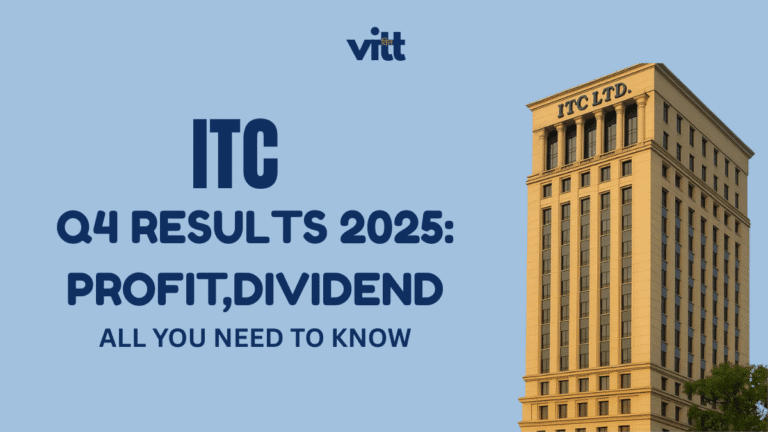
Read the article below to find out….

Photo Credit: Getty Images
Introduction
During a state visit to Qatar on May 15, 2025, US President Donald Trump stirred up controversy by suggesting that Apple CEO Tim Cook should move to U.S.-based manufacturing rather than increasing Iphone manufacturing in India. Trump’s directive, which reads, “I don’t want you building in India,” is consistent with his “America First” economic agenda, which aims to revitalize local manufacturing.
Given Apple’s growing reliance on India as a manufacturing base and the complex global supply chain patterns, this significant move has raised questions about its feasibility. This article examines Trump’s order’s background, immediate impacts, public sentiment, professional opinions, and ramifications for Apple’s Indian manufacturing.
Context: Why Trump Opposes Apple Manufacturing in India
Trump’s stance is based on his overall economic strategy to reduce American dependence on foreign production, particularly from China, where Apple produces about 85% of its iPhones. This mandate is driven by several factors:
1. Protectionism and Tariffs: To promote American manufacturing, Trump has imposed high tariffs—54% on China, 26% on India, and 46% on Vietnam. To Trump’s chagrin, these tariffs drive up the price of Apple goods made abroad, forcing the company to expand into countries like India. Livemint
2. Geopolitical Strains: Trump has criticized India’s high tariffs, claiming they are stifling American exports, and the two countries have tense trade relations. Trump supports U.S. production even though India has offered a “no-tariff deal.” CNBC
3. Supply Chain Security: Worries about weak spots in global supply chains in tech, drive Trump to push for more U.S. manufacturing to boost control and cut reliance on countries like China.
4. Political Messaging: Trump’s directive speaks to his voter base promising job creation and economic patriotism key pillars of his campaign promises. Apple however, has sped up its production in India making $22 billion worth of iPhones in the year leading up to March 2025, a 60% jump from the year before, thanks to teamwork with Foxconn and Tata Bloomberg.
Real-World Impact of Trump’s Directive
Trump’s opposition to Apple manufacturing in India has far-reaching effects:
1. Apple’s Strategy: Apple plans to get all iPhones for the United States from India by 2026. This decision comes from tariff pressure and to save costs, despite Trump’s requests. Making iPhones in America isn’t possible. It costs 40% more than in China, and there aren’t enough skilled workers. India’s costs are 5-8% higher than China’s making it a good option. The Register
2. India’s Economy: India wants to become a global manufacturing center. Apple’s investments help this goal by creating jobs and boosting exports. Trump’s order might slow down future growth in this industry putting a damper on progress.
3. Global Supply Chains: Trump’s tariffs are changing supply chains. India and Vietnam are becoming key hubs. This shift might break up global manufacturing affecting how countries trade with each other.
4. Consumer Prices: Import taxes could make iPhones pricier. UBS thinks the iPhone 16 Pro Max might cost $350 more. This comes as Apple faces a $900 million increase in expenses this quarter. CNBC
Public Opinion on Apple’s Manufacturing in India
X users share diverse thoughts:
Support for American Jobs: Some people cheer Trump’s effort mentioning India’s reported tariff deals as a win for U.S. commerce.
Doubts about Practicality: One person slammed Trump’s tariffs as “INSANE,” noting Apple’s shift to India stems from expense pressures, not U.S. production.
Global Politics Worries: One person suggested China might use India-Pakistan strife to disrupt Apple’s manufacturing in India.
Hope for India: One person sees Apple’s expansion in India as a plan, likely to go on regardless of Trump’s stance.
Expert Views on Apple’s Manufacturing in India
Specialists highlight the challenges and consequences:
1. Manufacturing Feasibility: Tim Cook and Steve Jobs have argued that iPhone production in the U.S. isn’t workable due to high costs and a shortage of skilled workers. Cook pointed out that China’s manufacturing center requires huge workforces, unlike the U.S. The Register
2. Money Matters: Analyst Laura Martin estimates that U.S. production would boost Apple’s costs by 50%, which would harm its ability to compete. CNBC
3. Trade Relationships: Specialists warn that Trump’s approach might strain U.S.-India ties, with India’s 26% tariff rate making it a better option than China’s 54% The Economic Times.
vitt’s take..
(vitt – Where India Reads is a space for making Business and finance stories digestible and relevant to India’s digital generation.)
Trump’s 2025 directive against Apple manufacturing in India highlights the conflict between economic nationalism and the realities of global business. While Trump insists on U.S. production, Apple’s vision to produce all iPhones destined for the U.S. from India by 2026 shows cost and efficiency imperatives. This tension affects trade relations, consumer prices, and economic growth in both countries. Public opinion is split, with support for American jobs met with doubts regarding feasibility, while experts point to practical hurdles for U.S. manufacturing. The controversy exposes the difficulty of balancing national interests and global supply chain dynamics, making the future of Apple manufacturing in India uncertain yet critical.
For more such updates on Daily news, Business, startups and Loan Management subscribe to vitt – Where Bharat Reads….




